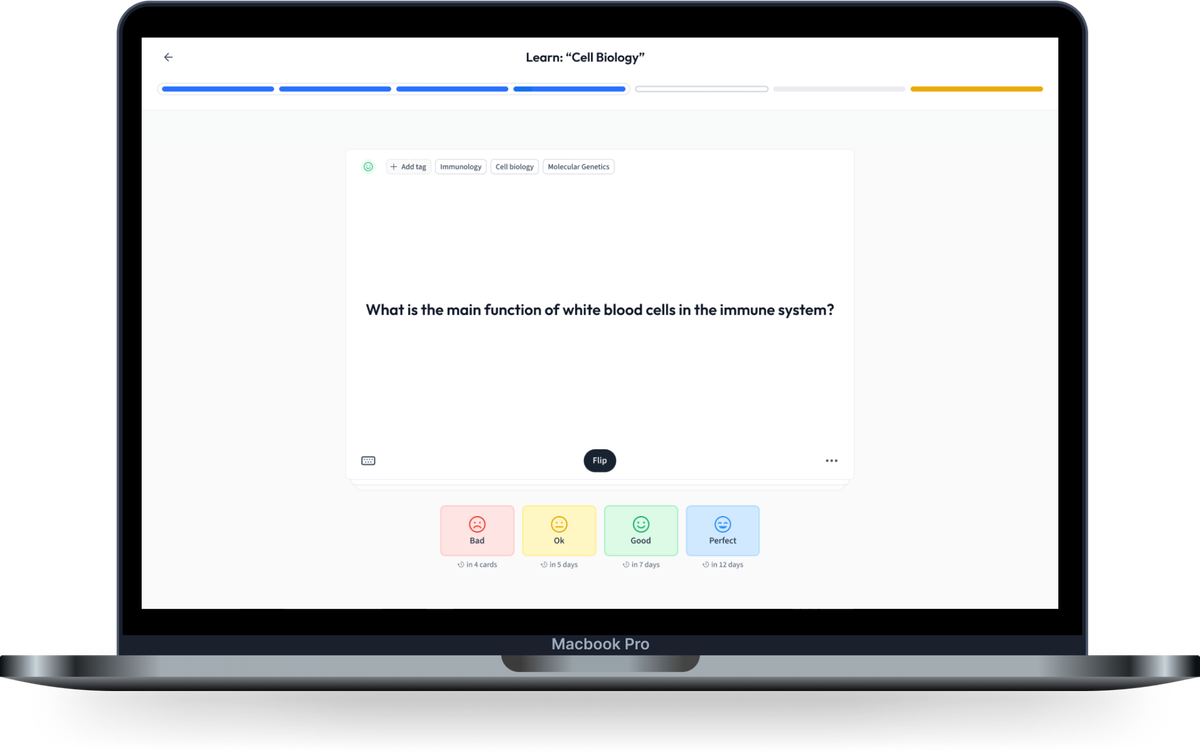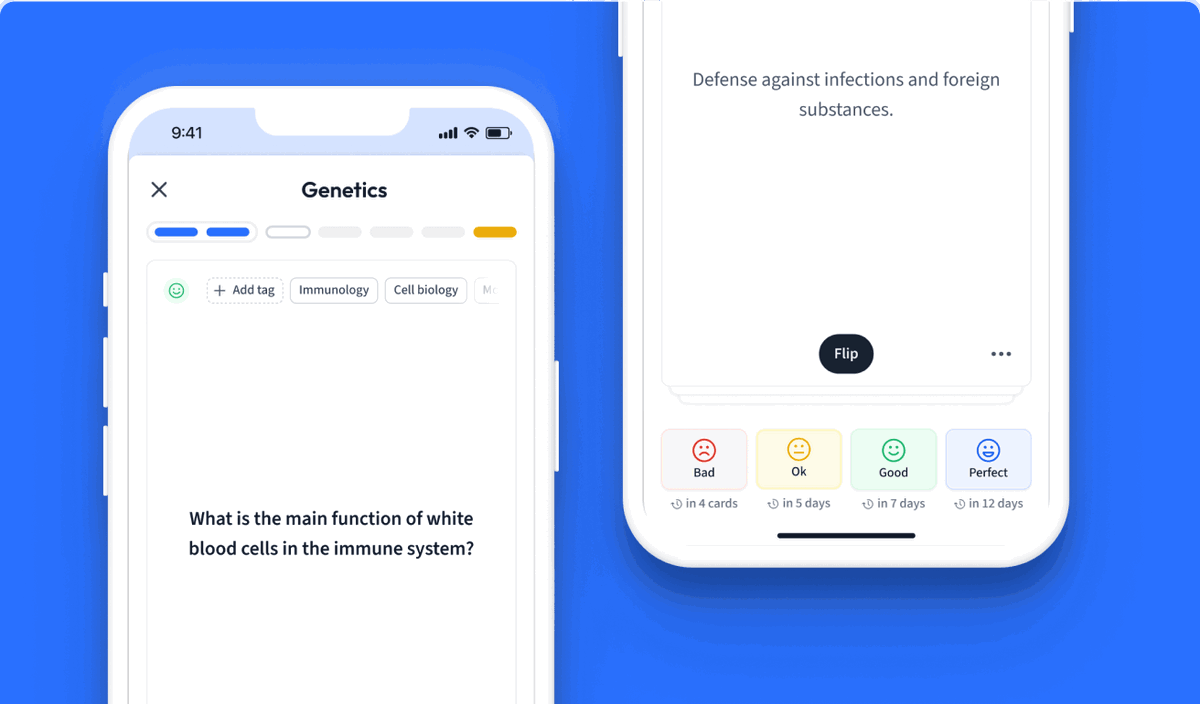So what happened? Well, the liquid experienced a phase change because of the temperature outside. In this article, we will be learning all about phase changes and learn how we use phase diagrams to understand when these changes will occur.
- This article covers the topic of the phase diagram of water
- First, we will define what a phase and phase change are and learn about the different types
- Next, we will define what a phase diagram is
- Then, we will look at the phase diagram for water and learn how to interpret it
- After that, we will use that phase diagram to answer some practice problems
- Lastly, we will summarize why phase diagrams are so important
Phase changes
A phase refers to one of the three different States of Matter: solid, liquid, and gas
A phase change is the process of a species either gaining or losing enough energy to change from one phase to another.
 Fig. 1: The different States of Matter
Fig. 1: The different States of Matter
- In a solid, the particles are close together and can only vibrate.
- In a liquid, the particles are slightly farther apart and can swap places with each other.
- In a gas, the particles are very far apart and can move freely.
Temperature is a measure of kinetic energy (energy of motion), so the hotter something is, the faster its particles are moving. Because of this, when a species is at a certain amount of energy/heat, it will change phase.
The phase changes caused by gaining heat are:
- Melting (solid --> liquid).
- Boiling (liquid --> gas).
- Subliming (solid --> gas).
Basically, the species has gained enough energy, so its particles can move more freely and therefore break free from, or weaken the interactions between them.
The phase changes caused by losing heat are:
- Freezing (liquid --> solid).
- Condensation (gas --> liquid).
- Deposition (gas --> solid).
When we place a species in an environment colder than it, the environment will "soak up" the species' heat energy, causing said species to cool.
When a species cools, its particles are moving slower, so the interactions between particles are getting stronger and the particles themselves are getting closer together.
Phase diagram definition
A phase diagram is a graph showing the different phases a substance will be in at different temperatures and pressures.
In a phase diagram, pressure is shown on the y-axis and temperature is shown on the x-axis. Following along the diagram, we can see how changes in pressure and temperature affect what state of matter a substance will be.
While we normally think of phase changes happening due to temperature, a change in pressure can also cause a phase change. When pressure increases, the particles are compressed closer together. Because of this, an increase in pressure is similar to a decrease in temperature in terms of phase change (i.e. when a liquid's pressure is increased enough, it will become a solid, similar to how a liquid freezes if at a low enough temperature).
How to read a phase diagram of water
Now that we know what a phase diagram is, let's look at the one for water.
Here's what the basic phase diagram of water looks like:
 Fig. 2: The basic phase diagram for water
Fig. 2: The basic phase diagram for water
There are some key points here that we need to know:
- The triple point
- The triple point is where all three phases can exist in equilibrium
- Depending on how the pressure/temperature is changed, any phase change can occur here
- The critical pont
- At this point, we can no longer distinguish between the liquid and gas phase
- We consider the substance to be a supercritical fluid both at and past this point
- The sublimation/deposition curve
- The curve at the bottom left between the gas and solid to the triple point
- Shows us the different temps/pressures that a gas can covert to a solid and vice-versa
- The boiling/condensing curve
- The curve from triple point to the critical point
- Shows us the different temps/pressures that a liquid can convert to a gas and vice-versa
- The melting/freezing curve
- The curve from the triple point upward between the solid and liquid phases
- Shows us the different temps/pressures that a solid can convert to a liquid and vice-versa
The full phase diagram of water
The diagram we just looked at treats solid water as just one phase, though this is only partly correct. Water has about 13 different forms of solid water. In each "phase" the arrangement of water molecules is different, so they have slightly different properties.
Below is a phase diagram of water showing these different ice forms:
 Fig. 3: Phase diagram of water showing the different ice phases
Fig. 3: Phase diagram of water showing the different ice phases
Phase diagram of water practice questions
Now that we've learned how to read a phase diagram, let's work on some practice problems!
Using the phase diagram below, answer the following questions:
A) At 10 atm and 50 °C, what is the phase of water?
B) At a pressure below 4.58 torr, what phases can exist?
C) A sample of water exists at 8 atm and -10 °C, if the temperature is raised to 80 °C, what type of phase change will occur?
D) True or False: Melting can begin at a temperature past 0 °C (i.e, can Ice reach a temperature above 0 °C before melting?)
 Fig. 4: Use this phase diagram to answer the above questions
Fig. 4: Use this phase diagram to answer the above questions
A) At 50 °C, water will either be a liquid or a gas, depending on the pressure. Since the pressure is 10 atm, the water is in liquid form.
B) 4.58 torr (and 0 °C) is the triple point, going below this, only the solid and gas states can occur not matter the temperature
C) At 8 atm and -10 °C, the sample is a solid. Since this sample is at a pressure above the triple point, the solid will turn into a liquid when heated (i.e., melting will occur).
D) Looking at the curve between the solid and liquid states, we see it points to the left, meaning that a solid will melt at lower temps when a higher pressure is applied. This means that, no matter the pressure, ice cannot exist past 0 °C, and will start to melt. Therefore, the answer is false.
Importance of a Phase Diagram
Phase diagrams are a very important reference tool. It shows us the relationship between temperature, pressure, and phase. For example, have you ever cooked/baked something and noticed there were instructions for high altitudes? This is because at high altitudes, the pressure is lower, so different species like water are going to behave differently.
It also helps us understand what state certain species will be in at different temperatures and pressure, which can be very helpful for experimenting.
Phase Diagram of Water - Key takeaways
- A phase refers to one of the three different states of matter: solid, liquid, and gas
- A phase change is the process of a species either gaining or losing enough energy to change from one phase to another
- A phase diagram is a graph showing the different phases a substance will be in at different temperatures and pressures
- The triple point is where all three phases can exist in equilibrium
- The critical point is where we can no longer distinguish between the liquid and gas phase
- We consider the substance to be a supercritical fluid both at and past this point
References
Fig.2-The basic phase diagram for water (https://upload.wikimedia.org/wikipedia/commons/thumb/1/11/Sublimination.jpg/640px-Sublimination.jpg) by Barley, J licensed by CC BY-SA 3.0 (https://creativecommons.org/licenses/by-sa/3.0/)
Fig.3-Phase diagram of water showing the different ice phases (https://upload.wikimedia.org/wikipedia/commons/thumb/0/08/Phase_diagram_of_water.svg/640px-Phase_diagram_of_water.svg.png) by Cmglee (https://commons.wikimedia.org/wiki/User:Cmglee) licensed by CC BY-SA 3.0 (https://creativecommons.org/licenses/by-sa/3.0/)


Learn with 11 Phase Diagram of Water flashcards in the free StudySmarter app
We have 14,000 flashcards about Dynamic Landscapes.
Already have an account? Log in
Frequently Asked Questions about Phase Diagram of Water
What is the phase diagram of water?
The phase diagram of water shows what state/phase water will be in depending on the pressure and temperature
How is the phase diagram of water different?
The phase diagram for water also has the different "phases" of solid water. There are about 13 different forms of ice with different arrangements of molecules
Where is the critical point in a phase diagram for water?
The critical point is where the liquid and gas phases are no longer distinguishable. Specifically, it is at 374 °C and 218 atm.
What does negative slope on the phase diagram of water imply?
Ice is less dense than water since it exists at a lower pressure.
What is the importance of the phase diagram for water?
It shows us what state/phase water will be in, depending on pressure and temperature. For example, it will tell you when water boils depending on your altitude/pressure.


About StudySmarter
StudySmarter is a globally recognized educational technology company, offering a holistic learning platform designed for students of all ages and educational levels. Our platform provides learning support for a wide range of subjects, including STEM, Social Sciences, and Languages and also helps students to successfully master various tests and exams worldwide, such as GCSE, A Level, SAT, ACT, Abitur, and more. We offer an extensive library of learning materials, including interactive flashcards, comprehensive textbook solutions, and detailed explanations. The cutting-edge technology and tools we provide help students create their own learning materials. StudySmarter’s content is not only expert-verified but also regularly updated to ensure accuracy and relevance.
Learn more




